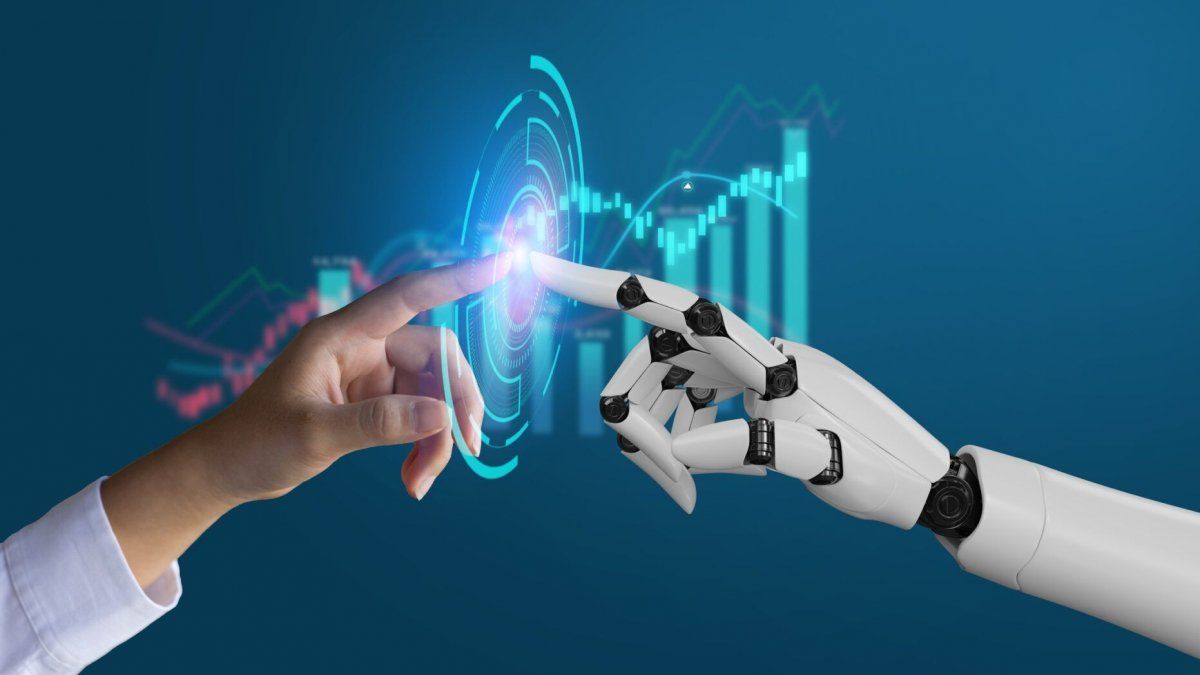Artificial Intelligence will play an increasingly crucial role in insurance companies in a world increasingly immersed in the development and application of this technology.
The Artificial intelligence (AI) has been making its way into our professional and personal lives for decades and helping to transform the world in which we live. In that context, the Generative Artificial Intelligencewhich uses a machine learning model to learn patterns and generate content (also called “Generative AI” or “GenAI”), promises to follow the same path, with a much greater pace of technological development, social and business adoption.
The content you want to access is exclusive to subscribers.
This technology is being rapidly adopted by its ease of use and the surprising quality, speed and versatility of its results. Among its great advantages, accessibility stands out: with just a computer, cell phone or tablet with Internet access, anyone can use very powerful tools, unlike other technologies in which the most advanced applications are limited to “experts.” ”.


Artificial Intelligence and insurers
The Generative Artificial Intelligence It is adopted by a wide variety of users, regardless of their age, ability or interest in technology. HE They look for new ways to apply it to optimize both operations and products and services..
This diversity of users and their different uses reveals a vast range of possibilities for any individual who has a digital device. These scenarios provide a basis for reflection and the formulation of initiatives aimed at generating a positive impact on society.
Catalog of drivers
An insurance report MAPFRE analyzes the evolution of the impact of Generative AI and points out that it depends on fourteen main drivers, seven certain and seven uncertain:
- Drivers some: They refer to those factors/drivers that hardly change or whose degree of uncertainty does not excessively impact the evolution of Generative AI. Therefore, it is relatively easy to foresee its status and future evolution within the analyzed period. This group includes the social acceptance of Generative AI (the extent to which the population is willing to try/use/adopt Generative AI), complementary technologies (expanding the potential of complementary technologies, such as traditional AI, robotics and XR, in several dimensions), decarbonization policies (globally, governments and institutions are reinforcing decarbonization goals to combat climate change), collaboration intensity (Collaboration has been fundamental in the development of AI innovation projects, particularly through initiatives open-source), concern about cybersecurity (Generative AI enhances the accessibility and impact of cybercrime techniques such as deepfake, phishing and social engineering, although it is also expected to promote more effective cybersecurity tools against these new attacks), preparation of the economy (the adoption of Generative AI requires preparation, both at a business and economic level, and technical human capital is needed to keep up with the pace of innovation and integrate Generative AI into value chains), computing availability (a critical factor for its massive implementation in the market is the availability of computational resources).
- Drivers uncertain: They are the factors/drivers that, due to their disruptive nature or high volatility, make it difficult to predict their status and future evolution within the analyzed period. In this category is the level of technological development (includes key factors such as speed, versatility and quality of content, correction of biases, hallucinations and level of autonomy), regulation (geographies such as the European Union, the United States and China are beginning to create specific regulations in this regard with varying scope and degree of rigor), access to financing and subsidies (the financial support that drives the creation, production and application of advanced systems is crucial for the development of initiatives in Generative AI, being fundamental for their advancement), market dynamics (with a high concentration on computing power and a moderate concentration on model creation, application production is relatively atomized and future market concentration or fragmentation will influence technological evolution and how the impact of Generative AI materializes in our reality), impact on the labor market (although it represents a potential replacement of certain employment profiles in various sectors, it also creates new opportunities in the design, implementation and maintenance of Generative AI systems), definition of responsibilities for AI (if Generative AI reaches a certain level of autonomy, situations could arise in which the consequences of its decisions cannot be attributed to natural or legal persons, therefore, regulation will need to provide tools to public institutions to adapt the allocation principles of responsibilities to this new environment) and total cost of use (essential for the development and application of new models, it is determined by various factors such as chip efficiency, energy cost, talent availability, ease of organizational integration and taxation).
Source: Ambito




